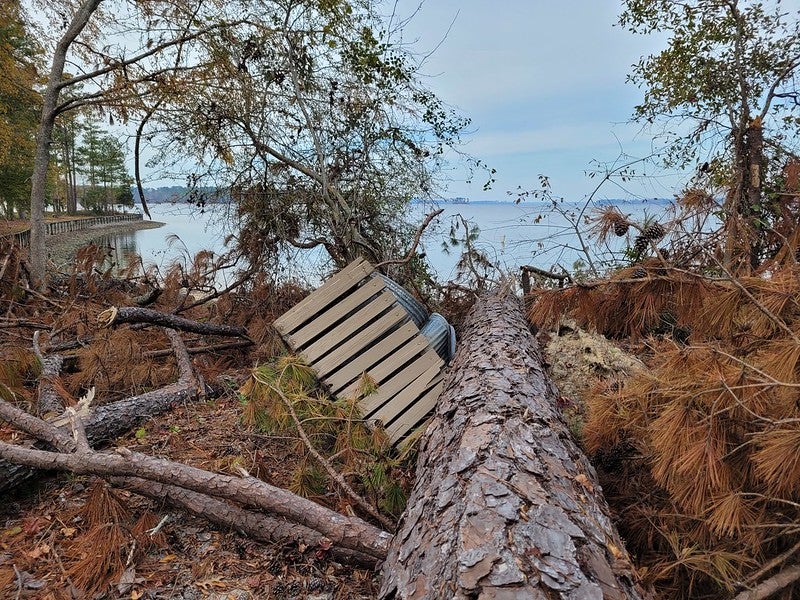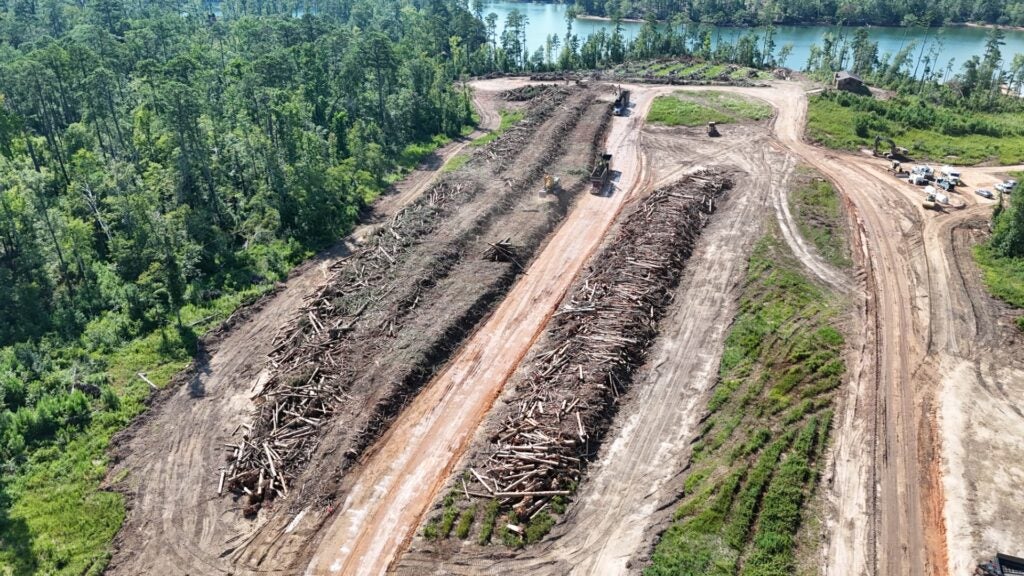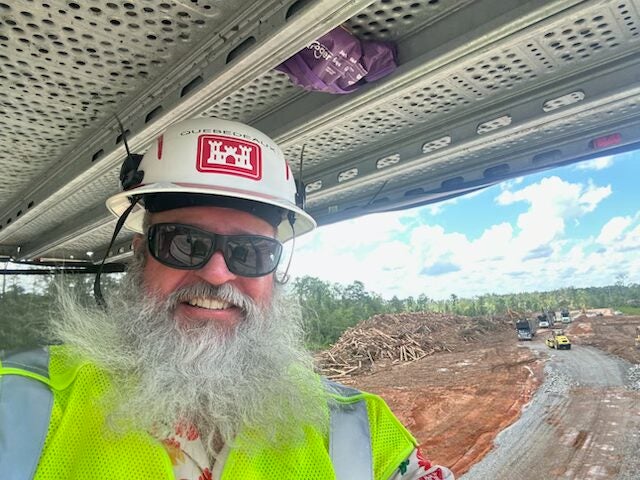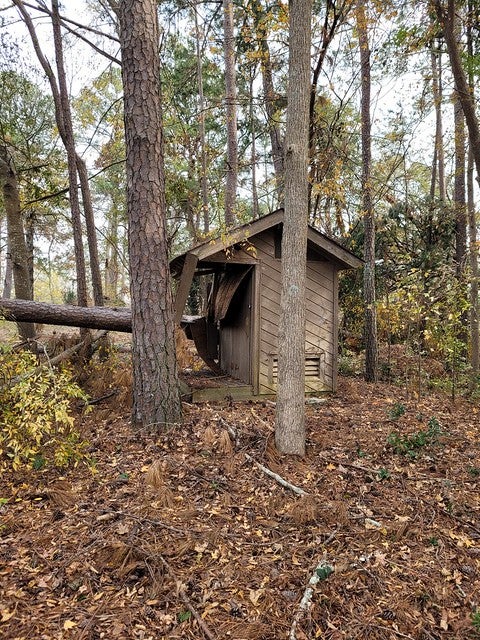As the hurricane season of 2025 approaches, with meteorologists trotting out “spaghetti” maps of current Tropical Storm Erin in the Atlantic, clean up from last year’s Helene continues across the region now going on a year after the storm devastated parts of the CSRA.
Clarks Hill Lake and all of the state parks managed by the U.S. Army Corps of Engineers and Georgia Department of Natural Resources, were especially hard hit with trees down all over the roads, collapsed docks, camping areas under tons of debris and boat landings and coves popular with anglers left with dangers below the waterline that can wreck boats.
In some areas, comfort stations and playgrounds were completely demolished while beach swimming areas were clogged with debris creating underwater hazards.
MORE: Augusta to pursue state help for prison labor facility
Currently all major campground spots, with the exception of Clarks Hill Park, remain closed and officials with the U.S. Army Corps of Engineers say they cannot speculate as to when people may resume spending the night out under the stars at the lake.
One other park, Hawe Creek in McCormick, S.C. should be fully operational between Aug. 22 and Sept. 2 in time for Labor Day weekend.
The good news is that after almost a year, recreation activities most associated with Labor Day can be safely conducted at the parks that ring the 71,100 acre body of water and on the lake itself.
Across the lake area, boat ramps are open and some daytime amenities such as picnic areas have been restored and are operational. Officials suggest that anyone planning a lake outing visit the Georgia Department of Natural Resources website to check on the status of the individual parks before planning a Labor Day excursion.

Chief Ranger Henry Way says one of the biggest challenges the Corps has faced is removing the tons of debris from both land and water without doing even more damage to critical systems that deliver power and sanitation.
“The trick has been to get the trucks and heavy machinery to where they are needed without causing more damage in the process, it requires some delicate maneuvering,” Way said.
MORE: RV storage facilities proposed in Martinez and Grovetown
Another major challenge for the Corp has been dealing with displaced wildlife, keeping in mind that many of the areas permanent animal residents have recently relocated to new homes within the area and it is important for recovery and debris removal efforts to avoid displacing them further.
Sometimes, the wildlife in the form of cottonmouth moccasins and other dangerous critters, can show up where they are not needed on the jobsite and steps must be taken to avoid such contact.
So far, according to Way, 161,263 cubic yards of debris including over 3,000 trees and 2,000 large limbs deemed to be hazardous have been removed by crews that have come in from all over the United States.


Ranger and Quality Assurance Superviser David Quebedeaux lives in the CSRA and is usually one of those emergency management technicians the Corps sends in for his expertise in disaster mitigation and recovery, one of his latest assignments was the recovery efforts from the wildfires that ravaged Maui, Hawaii in 2023, and says this is the first time in his three-decade career that he has been called up to assist in his own back yard.
Not only that, Quebedeaux also says that many of his colleagues who are based out of Hawaii have answered the call and headed to the CSRA to repay the favor.
Quebedeaux and Way say that the Corps is handling this mission with the same military precision that the Army aims for on the battlefield, with experts from far and wide sent into the front lines to assure operation success. The process requires brains as well as brawn to get the job completed.
Currently, according to Way, the Corp is using every bit of available daylight, with work crews on ground rain or shine not expecting anything other than a few hours off at a time.
“The team has been here on ‘go’ since day zero. We’ve had people come from all over the country to work on the debris recovery effort putting in a 12 and a half hour days for the project that is happening around the clock seven days a week. It’s really been amazing to see the teamwork and everyone coming in get all of this debris out,” Way said.


Quebedeaux echoes the sentiment saying it has been an effort of massive proportions, but it is the Corps’ mission to problem solve around obstacles knowing they are not only the stewards of public land, but tax dollars as well. The job, according to both Quebedeaux and Way, requires them to get the job done right the first time with the constant reminder they need to spend the tax payer’s money wisely and avoid cost overruns due to either poor planning or execution.
“It’s been long days of 100 degree days and storms, there are no days off. Many employees and contractors within the Corp applied for the mission and those selected needed certain skills and a hearty constitution. Many of the people here I have met on previous missions and consider them to be friends,” Quebedeaux said.
Scott Hudson is the Senior Investigative Reporter and weekly columnist for The Augusta Press. Reach him at scott@theaugustapress.com











